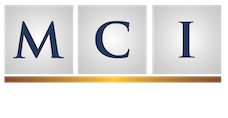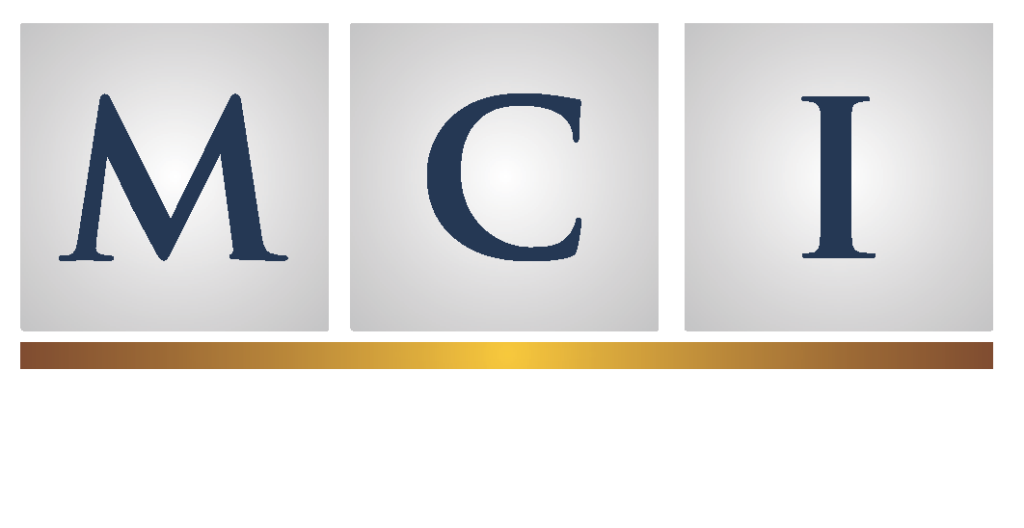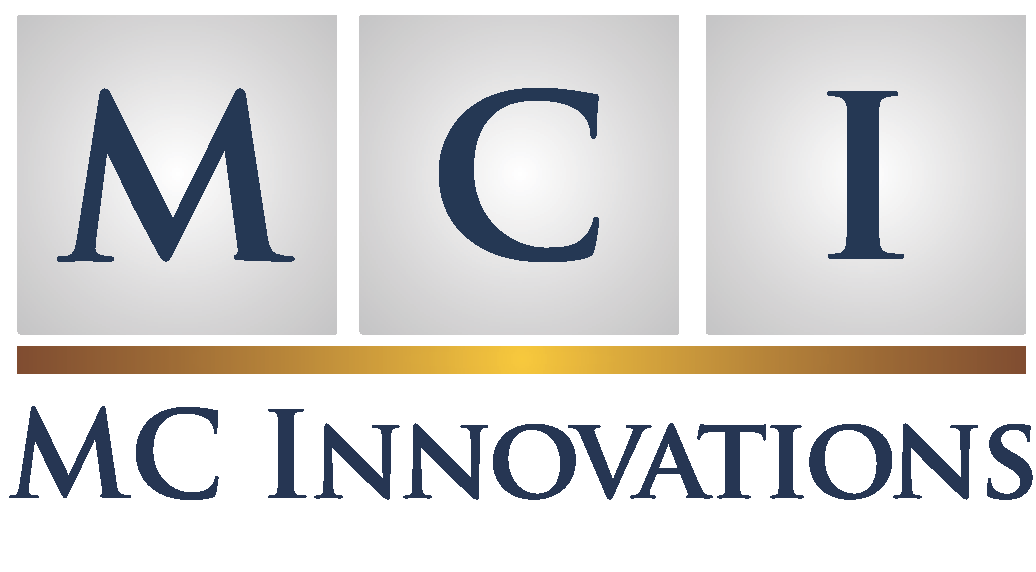
Job Safety Analysis
Job Safety Analysis: A Critical Tool in Risk Management Programs
Job safety analysis (JSA)—also known as “job hazard analysis” and “job hazard breakdown”—is an essential tool for any business committed to a vigorous risk management program. It provides a breakdown of each step of a job, identifies the potential hazards workers may encounter, recommends the safest way to do the job, and offers guidance on next steps if an accident does occur.
While just one component of a safety and health management system, a JSA can help prevent workplace injuries and illnesses by establishing proper job procedures and ensuring all employees are trained properly. Taking the following steps to ensure your JSAs are accurate and thorough will go a long way in protecting workers and improving risk management.
What tasks require a JSA?
Ideally, all tasks should be reviewed and evaluated, but that’s not realistic (although it’s a worthy long-term goal). To get a jump-start on the process, gather managers and employees together to offer input on tasks that, in their experience, offer the greatest risk of injury or illness. Also consult injury records and note any distinct patterns in their occurrence.
Clearly, environments like plant floors and construction sites will have many more issues than an office environment, so consider your worksite’s overall risk level when building out the schedule for completing job safety analysis. Armed with employee input, you can prioritize tasks with the highest risk level and begin by completing JSAs for those jobs first.

Who should conduct the JSA?
Your organization’s dedicated safety officer should take the reins, alongside the supervisor or manager responsible for the area where the task takes place. Again, it is important—for accuracy’s sake—to consult the employees who work in that area and carry out the task. Their experiences will be invaluable in understanding how a job gets done, how potential hazards are created, and how to most effectively mitigate or prevent them.
How do we conduct a JSA?
There are four steps in completing a job safety analysis:
- Choose the job to analyze: Start with the riskiest jobs based on your history of injuries, but don’t forget to consider new jobs or infrequently performed jobs that don’t have documented activity yet.
- Break the job down into steps: Include every step from start to finish. This is the most tedious part of the project, but if you have job safety analysis software, it can be completed much faster.
- Identify all potential hazards: When determining potential for risk, consider the environment where the task is performed as well as the steps in the task itself. You may want to use risk matrix calculations to assist in this part of the process.
- Determine steps for preventing hazards: Identify measures to put in place to protect against each potential hazard, such as mandating personal protective equipment. After prescribing safety precautions, do another risk analysis to determine how much risk remains and how it may be addressed.
Additionally, we believe there is one further step that transforms JSAs from prescribed policy to best practices: effectively communicating the steps to workers. To achieve this, once a JSA spreadsheet has been completed, use that document to create a written how-to guide for the job. Rather than laying out potential hazards and solutions in a chart, create a narrative description of each step workers should take. This is much easier for them to process and remember, and they can access the document as a reference whenever they encounter a potential hazard.
When should a third-party professional conduct my JSA?
Depending on the size of your organization and the number and complexity of your processes, you may need help conducting job hazard analysis, particularly if you are starting with a clean slate and must analyze numerous jobs concurrently to meet the requirements of your risk management program.
You may turn to your insurance company, the local fire department, or private consultants with health and safety expertise, as well as OSHA. Just remember that your managers and employees should still work alongside the outside professionals in evaluating the process, because they know your processes, equipment, and worksite best.
Completion is just the beginning…
Once your job safety analysis is complete for all relevant tasks, remember it’s not a one-and-done deal. Processes evolve as new tools and equipment and updated safety regulations are adopted, so periodically review the JSA for each task to ensure the information is still relevant and accurate, using much the same process you used to create it.
Reviewing the JSA and the written procedure you create based on it can serve as a training tool for new employees or those being re-assigned to a different task. It also encourages recurring and ongoing contact between managers and workers, ensuring open communication and better understanding of all tasks and processes from the top of an organization down, and from the bottom up. The JSA can also be used as a standard in safety inspection and as an aid in completing accident investigations and reports.
Although completing thorough job safety analysis can be challenging, your organization benefits from the process through improved worker safety and more effective risk management programs.

Managed Programs... Managed Better
Experts in Risk
Management Consulting
Address
5540 Falmouth Street
Suite 203
Richmond, VA 23230


